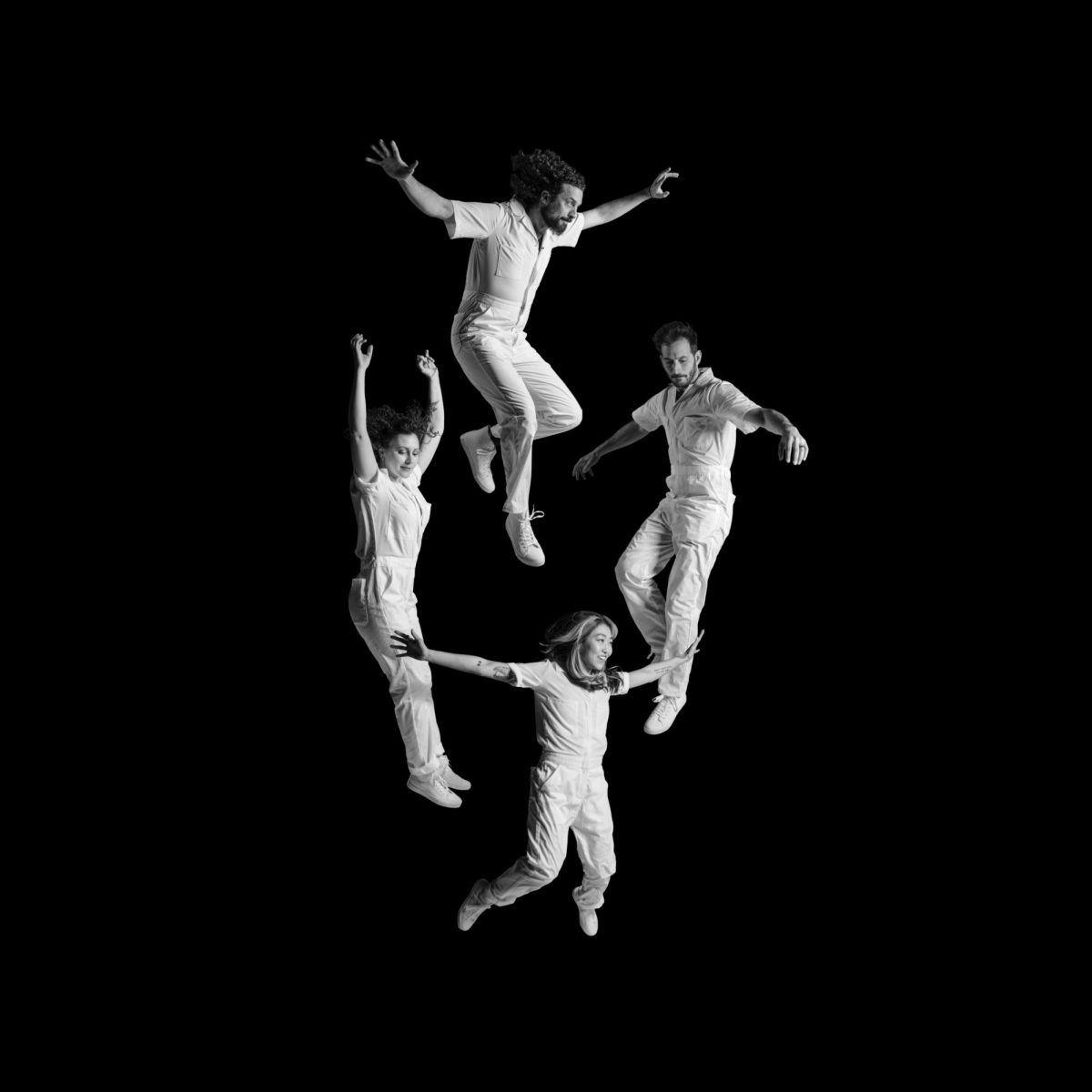Children put their heads underwater to fetch apples. Strangers give youngsters candy for dressing up as ghouls and serial killers. This is considered normal.
Halloween is the only day of the year where you can wear mismatched clothes, blood stained shirts and alien makeup, without it being considered odd. Halloween is filled with many bizarre traditions that are accepted as the norm in society. Believe it or not, some of these traditions have origins dating back 2,000 years ago. Whether these traditions are still honored today is questionable, but it is still a fun day to celebrate.
Halloween is celebrated because the Celts believed that their dead ancestors came back to haunt their fall harvest. The Celts would wear costumes and start bonfires to ward off evil spirits on the eve of Oct. 31, the day before their New Year. The event was called Samhain, otherwise known as “summer’s end,” and included many activities such as burning crops and sacrificing animal to the Celtic deities. They felt that this offering would not only protect their future harvest, but it would also impact the predictions of Celtic priests.
Many Halloween traditions stem from Celtic beginnings and pumpkin carving is no exception. Stingy Jack, a legendary drunkard and con artist, is the person to thank when it comes to the tradition of creating jack o’lanterns. The legend states that a character named Stingy Jack hoodwinked his way out of Hell yet failed to gain entrance into Heaven. As a way to pass the time, he spent eternity terrorizing local villages while carrying a lantern made out of a turnip, earning the name Jack O’Lantern. Villagers would fend off the unwanted guest by placing their own turnip lanterns on their windowsills. Since turnips were in low supply, sometimes the villagers would substitute pumpkins for their lanterns.
Other Halloween traditions can be traced back to the Roman Empire. The children game that consists of “bobbing” for apples is actually derived from a Roman holiday when the goddess of fruit and trees, Pomona, was honored. She was represented as a deity who held an apple, which explains why apples are the fruit of choice in this popular game.
The apple bobbing game also has roots in Celtic folklore. It was believed that apples were the gateway to predicting the future. The objective of the fortune-telling game was to try and pick an apple without using any limbs. Therefore, many contestants would attempt to grab an apple in a bucket full of water with their mouths as a way to foresee the future. Today, the game is mostly played by children and is seen as way to mock others as opposed to gaining insight of the future.
In the 1600s, it was common to see children run up and down the streets of Britain in masks and beg for-wait for it-not candy, but pennies. That’s right, instead of sweet, sugary goodness the children of England would ask for coins. The tradition started when Guy Fawkes was executed for his attempted murder of King James I using gunpowder to blow up the English Parliament building. On the night of Fawkes’ execution, bonfires were made to burn the effigies, and citizens rejoiced as the criminal was killed. The event later became known as Guy Fawkes Night (or Bonfire night), and children would carry effigies and beg for pennies. The practice, now known as Bonfire Night, is still celebrated in some parts of England.
Although trick-or-treating was not an established as a tradition in the U.S. until the 1950s, it was a well-known custom back in the Middle Ages. Back then, it was called “souling” and would entail going door to door and asking for soul cakes, a type of bread with currants, and ask for repentance of the dead. Later, the tradition was carried on to All Saints’ Day, but its name was changed to “mumming.”
Today Halloween is seen more as a novelty holiday than an actual celebration of the dead. Some cultures still have celebrations for the “other side,” such as the Latino holiday Dia de los Muertos. Halloween has always been a night of fun, costumes and candy for most people, but perhaps knowing the history makes the holiday more special. So, as the old saying goes, “eat, drink and be scary.”






